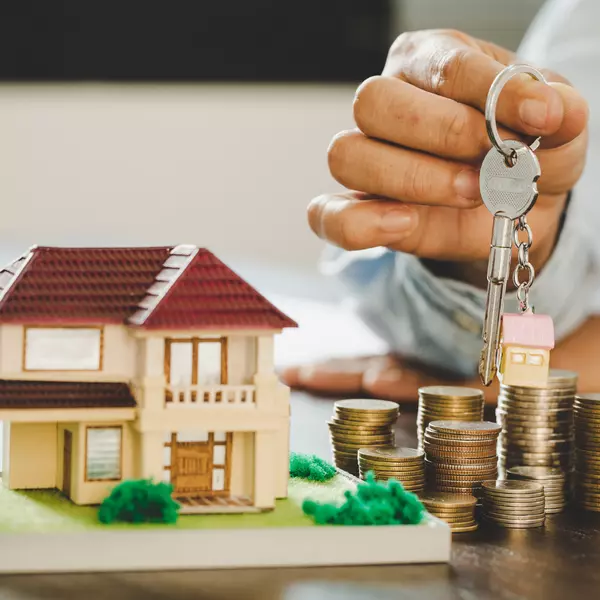OUR BLOGS

Follow-Up Led Success: The Power of Strategic, Consistent Follow-Up in Real Estate
Follow-Up Led Success: The Power of Strategic, Consistent Follow-Up in Real Estate In the fast-paced world of real estate, success often hinges on more than just initial contact—it's about nurturing relationships through strategic and consistent follow-up. In an industry where timing is everything,
Read More
Unlocking Success in Real Estate: Identifying Your Perfect Client
Unlocking Success in Real Estate: Identifying Your Perfect Client In the dynamic world of real estate, success is often determined by the ability to connect with the right clients. Whether you're a seasoned real estate agent or just starting in the industry, identifying your perfect client is a pi
Read More
Test Blog
Test blog content
Read More
15 Fall Decor Tips to Transform Your Home
15 Fall Decor Tips to Transform Your Home 🍂🏡 As the leaves change and the air turns crisp, it's the perfect time to infuse your home with the cozy charm of fall. From warm color palettes to seasonal accents, here are 15 fall decor tips to transform your space into a welcoming autumn retreat. ----
Read More
Rules and Timeline of the 1031 Exchange Tax Provision
What is the IRS 1031 Exchange Tax Deferment Provision? A 1031 Exchange is a tax deferment provision in the US tax code (Internal Revenue Code Section 1031) that allows an investor to defer paying capital gains taxes on the sale of an investment property if they use the proceeds to purchase a "like-k
Read More
"I Need to Sell My Home Fast"
Are you a homeowner looking for ways to sell your home quickly? Selling a home can be an intimidating process and one that often takes longer than expected. But, with the right strategies, you can effectively position yourself for an effective sale. It’s important to understand how different strateg
Read More
Hashtag Library for Agents
Whether you're working with home-owners looking to sell their home, or working with buyers looking to purchase a pre-owned home or build a new construction house, you should be equipped with the right tools to help you be found -- #hashtags. The following active-list should help
Read More
